The Bhagavad Gita explains love as devotion, equality, and surrender to God. Learn the hidden wisdom about love in...
When was srimad bhagavatam written?
The Srimad Bhagavatam: A Timeless Spiritual Epic
The Srimad Bhagavatam, also known as the Bhagavata Purana, is a cornerstone of Hindu literature and spirituality, revered for its profound philosophical insights and captivating narratives about Lord Krishna. Attributed to Sage Vyasa, this sacred text is a treasure trove of spiritual wisdom, cultural heritage, and devotion. Understanding the time of its composition, its structure, and its impact reveals its significance in the broader context of Hindu philosophy and devotion.
Historical Context of Composition
The Srimad Bhagavatam is believed to have been composed between 500 BCE and 300 CE. This period marked a significant evolution in Indian spirituality, characterized by the development of various philosophical schools, including Hinduism, Buddhism, and Jainism. The cultural landscape was rich with debates about the nature of reality, the self, and the divine, setting the stage for Vyasa’s masterpiece.
Sage Vyasa, often revered as Veda Vyasa, is a legendary figure in Hindu tradition. He is credited not only with the Srimad Bhagavatam but also with compiling the Vedas and writing the Mahabharata, including the Bhagavad Gita. Vyasa's role as a sage and compiler allowed him to draw from a vast pool of spiritual knowledge, weaving it into a cohesive narrative that resonates with seekers of truth.
Structure of the Srimad Bhagavatam
The Srimad Bhagavatam consists of twelve books, or Cantos, known as Skandas. Each Skanda contains various chapters that explore different themes, stories, and teachings. The text begins with the cosmological framework of creation and gradually transitions to the life and divine pastimes of Lord Krishna, including his childhood in Vrindavan and his role in the Mahabharata.
The twelve Skandas are as follows:
- Canto 1: Introduction and the glory of Krishna.
- Canto 2: The creation of the universe and the importance of devotion.
- Canto 3: The story of Lord Brahma and the cosmic creation.
- Canto 4: The tales of various kings and the significance of devotion.
- Canto 5: The account of the universe's structure and the significance of dharma.
- Canto 6: The story of the demon Vritrasura and the power of devotion.
- Canto 7: The teachings of Prahlada and the significance of unwavering faith.
- Canto 8: The story of Lord Vishnu and the churning of the ocean.
- Canto 9: The genealogies of the kings and the significance of dharma.
- Canto 10: The life and pastimes of Lord Krishna.
- Canto 11: The teachings of Krishna to Uddhava.
- Canto 12: The conclusion and the importance of devotion.
Each Skanda is rich with philosophical discussions, allegorical tales, and moral lessons, illustrating the diverse aspects of spiritual practice and devotion.
Philosophical and Theological Insights
At its core, the Srimad Bhagavatam presents bhakti (devotion) as the highest path to spiritual realization. The text emphasizes that surrendering to God and cultivating a loving relationship with Krishna are essential for attaining liberation. It advocates for a personal connection with the divine, where love transcends ritualistic practices.
The Bhagavatam aligns closely with the teachings of the Vedanta school of thought, exploring concepts such as the nature of reality, the soul, and the ultimate purpose of life. The text asserts that the realization of God is achievable through love and devotion rather than mere intellectual pursuit.
Cultural and Spiritual Legacy
The impact of the Srimad Bhagavatam extends beyond its textual content; it has profoundly influenced Hindu devotional practices and shaped the cultural landscape of India. The text has inspired countless poets, saints, and scholars throughout the centuries. The Bhakti movement, which emphasized personal devotion to God as a means to attain spiritual liberation, drew heavily from the Bhagavatam.
Saints like Chaitanya Mahaprabhu, Mirabai, and others integrated its teachings into their lives, popularizing the message of love and devotion. The Srimad Bhagavatam has also inspired numerous artistic expressions, including classical music, dance forms like Bharatanatyam, and visual arts, reflecting its deep cultural resonance.
Conclusion
The Srimad Bhagavatam, composed between 500 BCE and 300 CE, stands as a monumental text that encapsulates the essence of Hindu philosophy and spirituality. Through its intricate narratives and profound teachings, it guides devotees on the path of devotion and love for God. Sage Vyasa's masterful composition continues to inspire and enlighten millions, making it an enduring cornerstone of Hindu literature and devotion. Its teachings resonate with spiritual seekers across generations, affirming its place as a timeless spiritual epic.
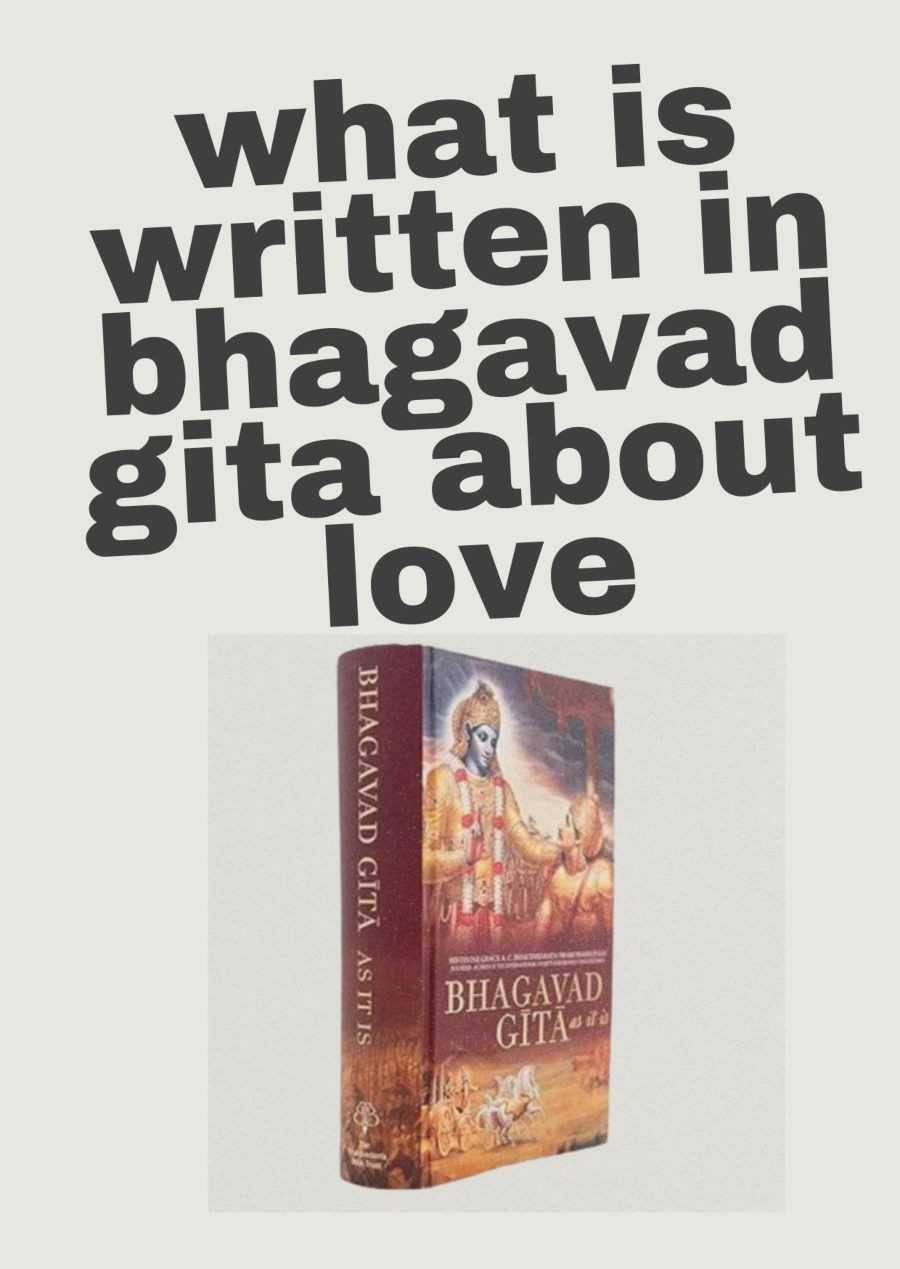
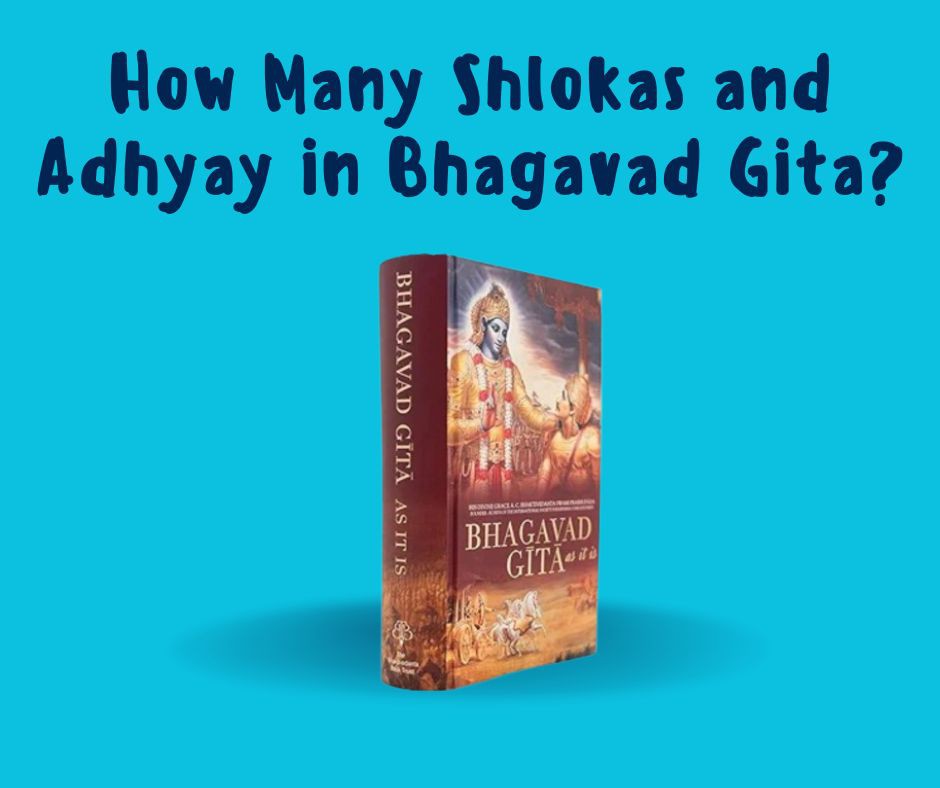
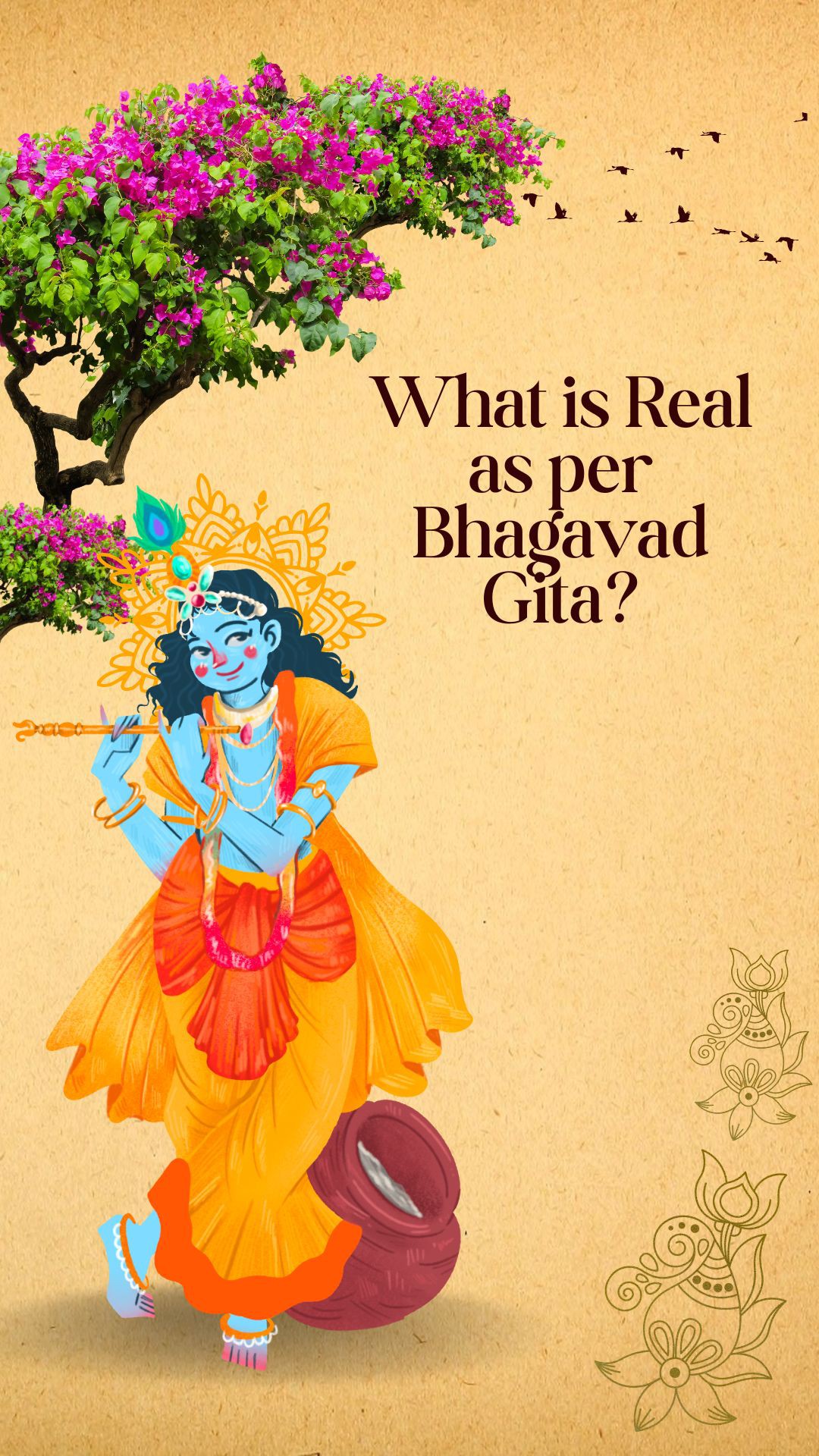
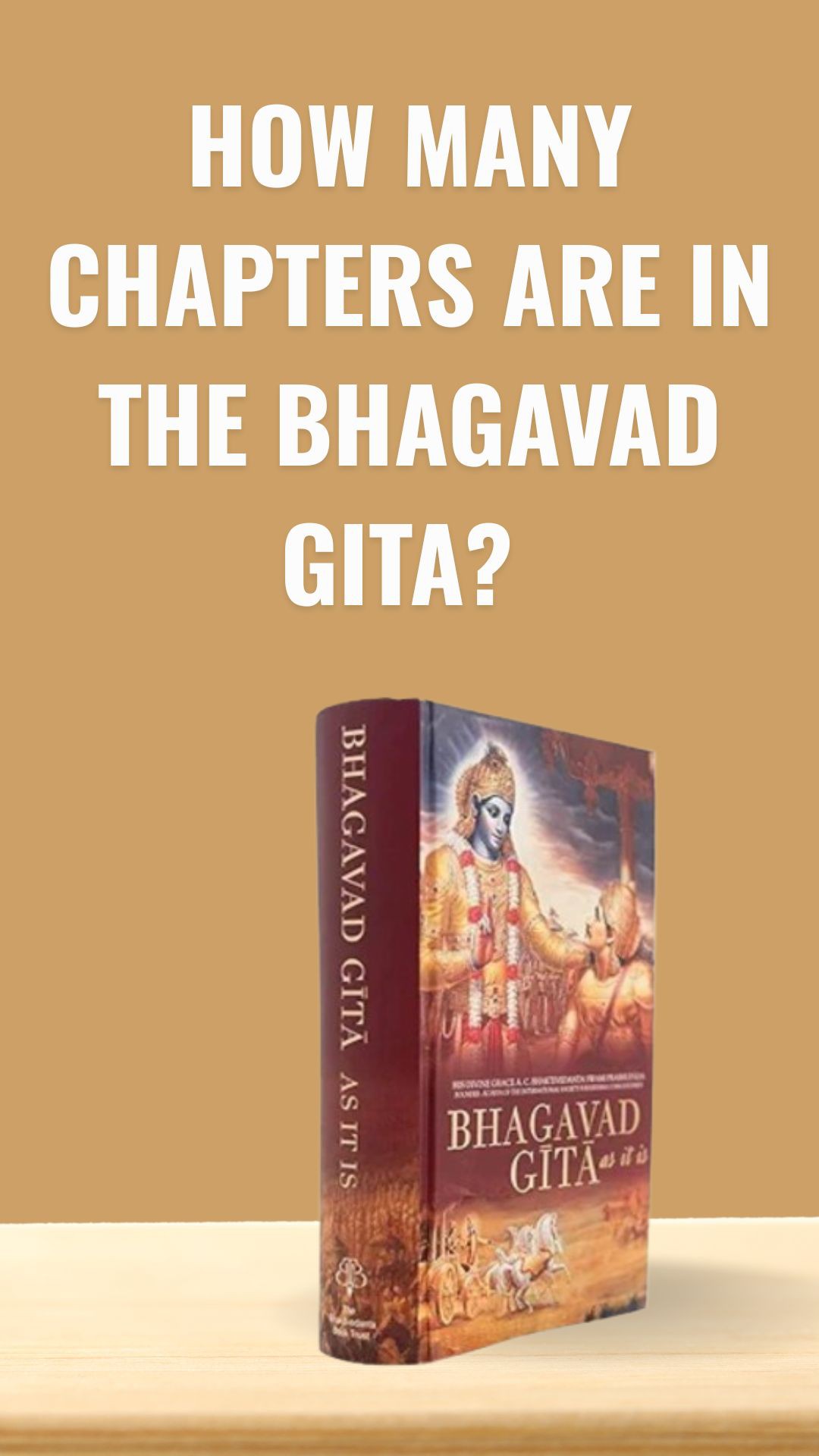
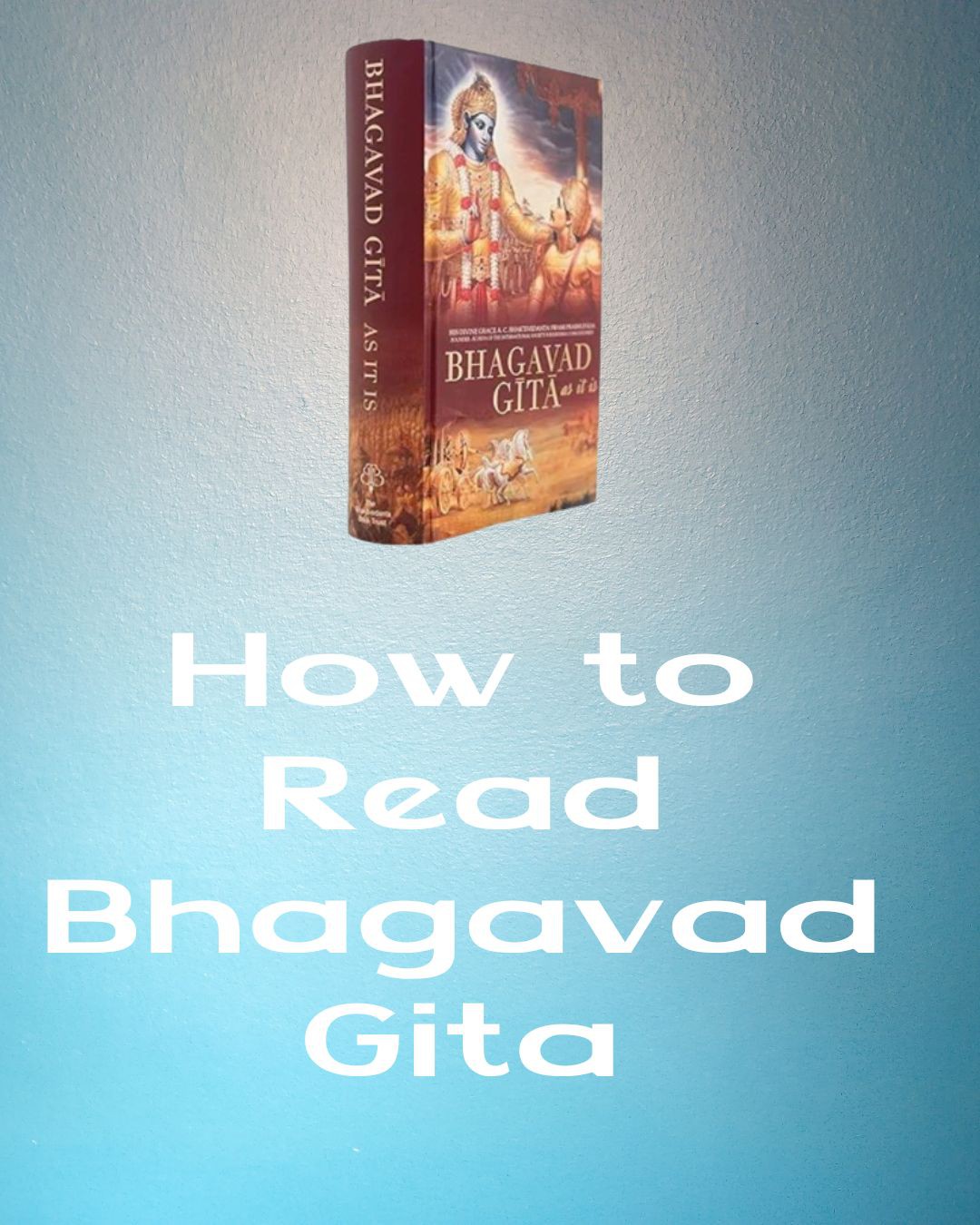
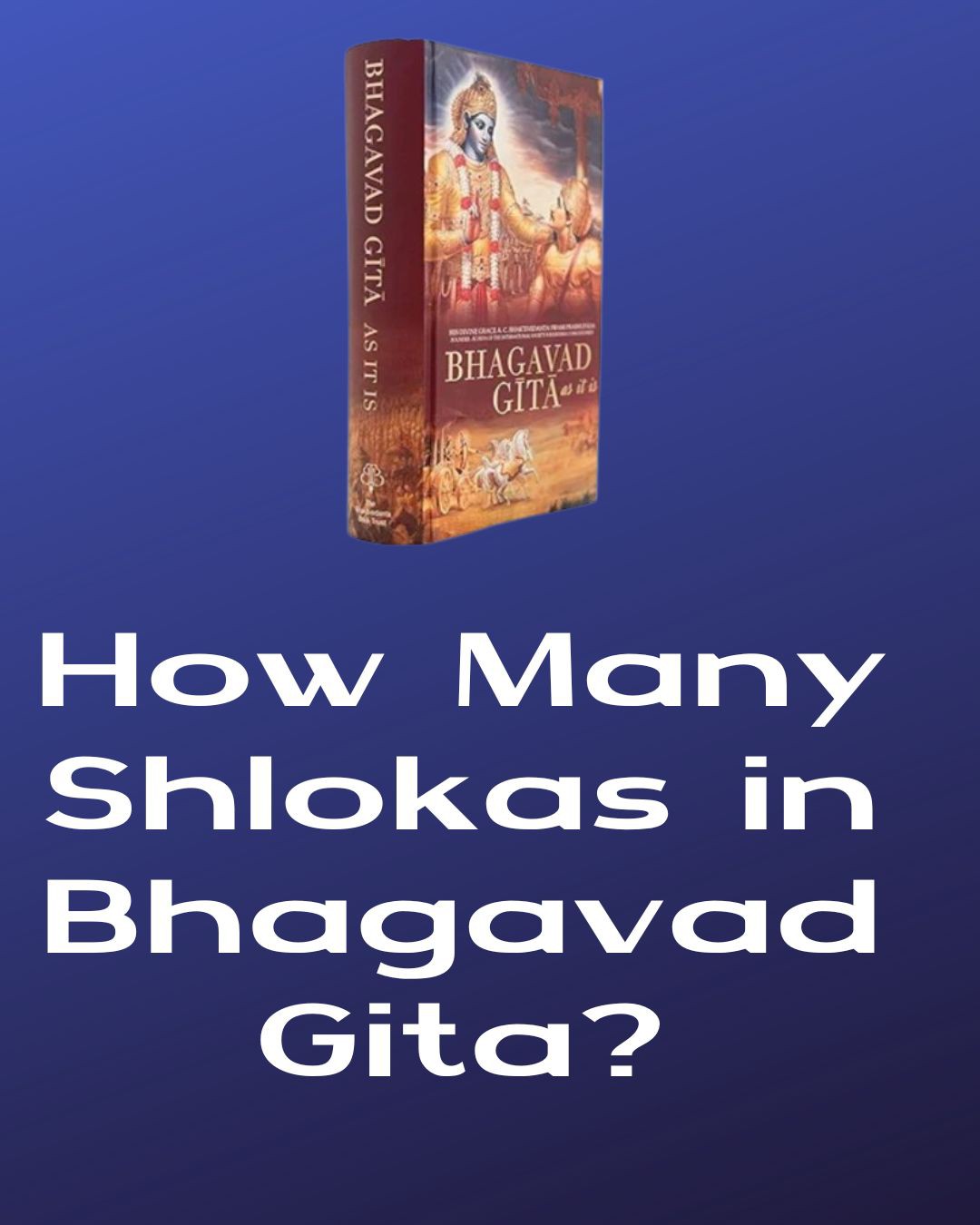
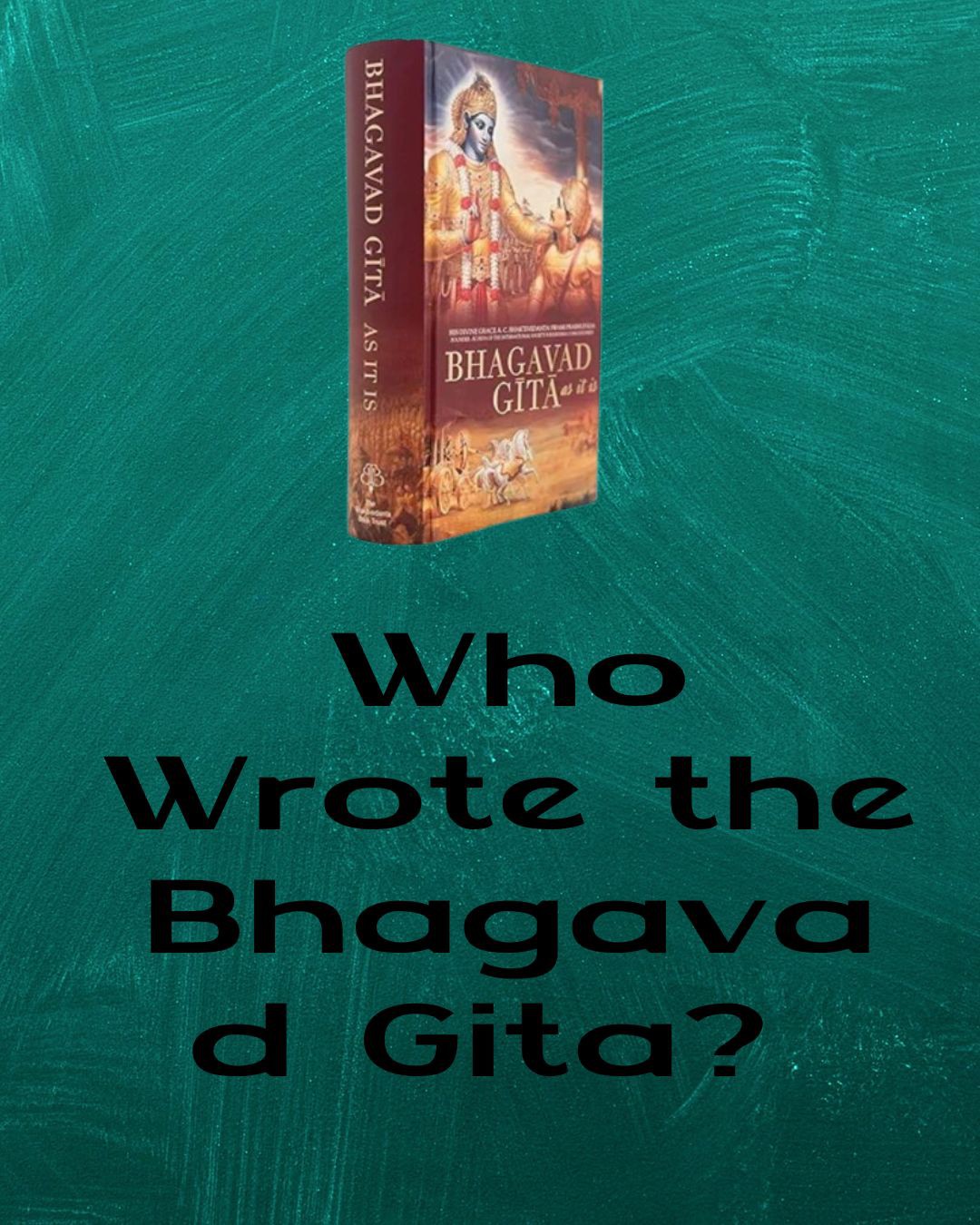


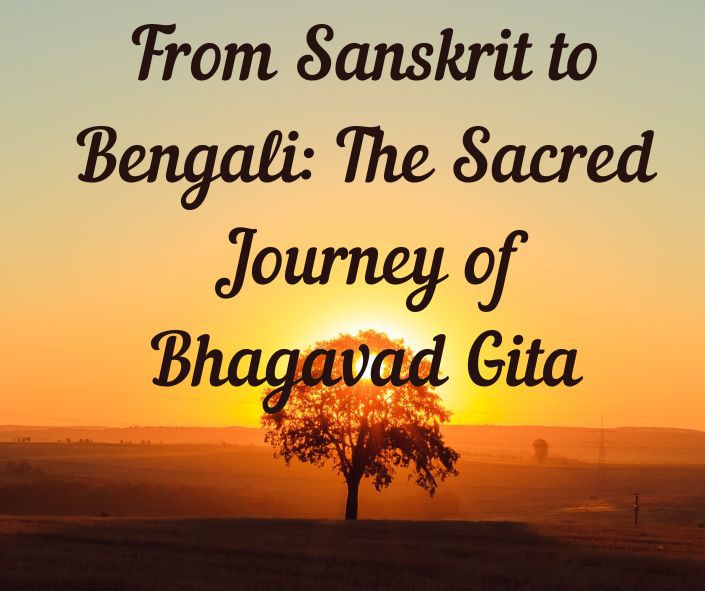
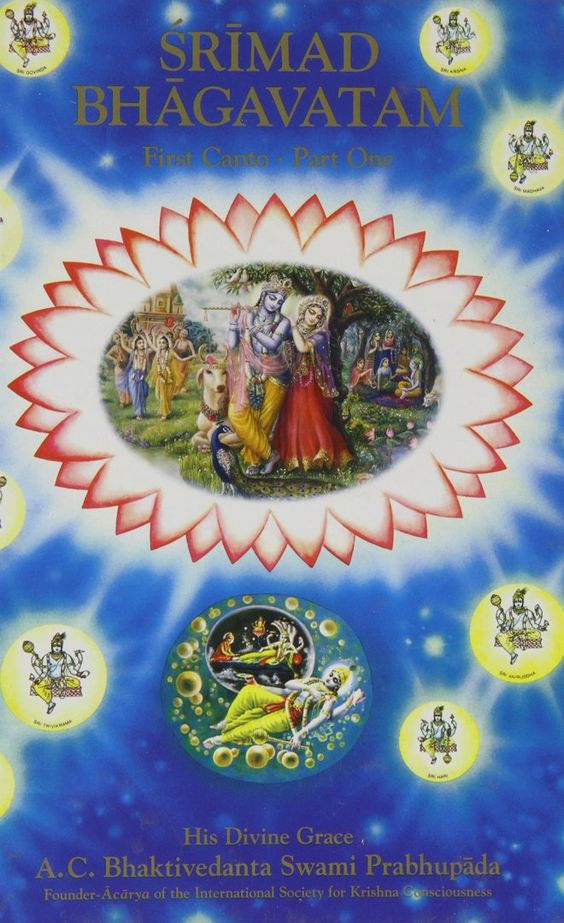
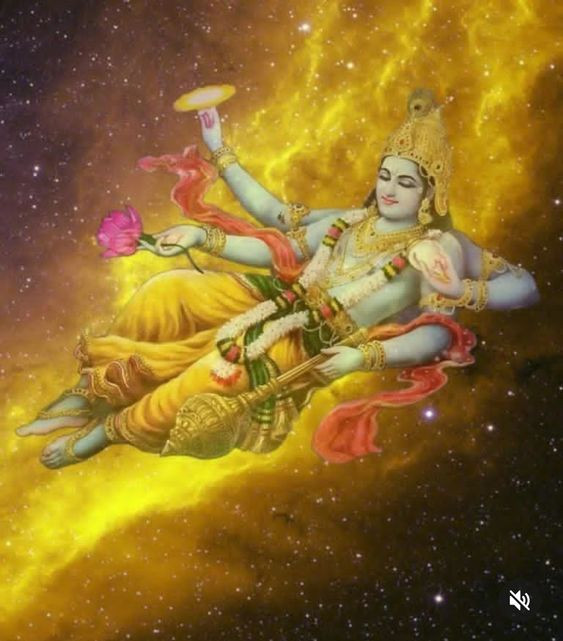
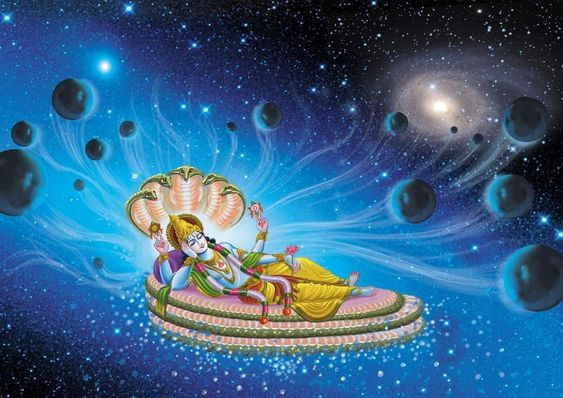
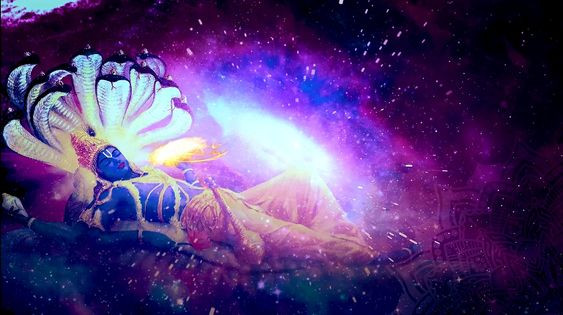

Leave a comment